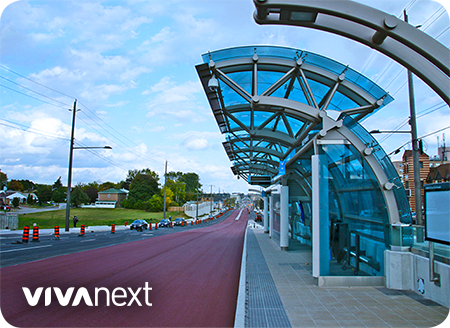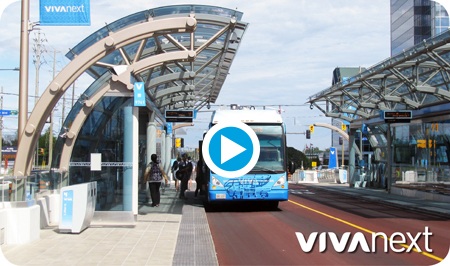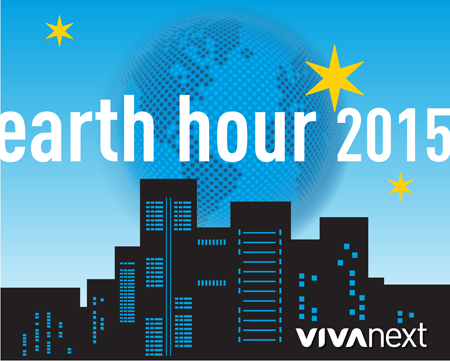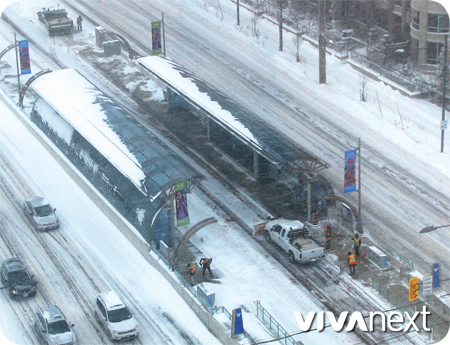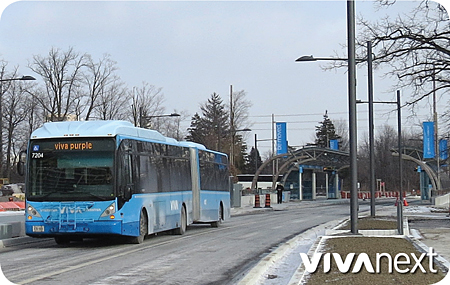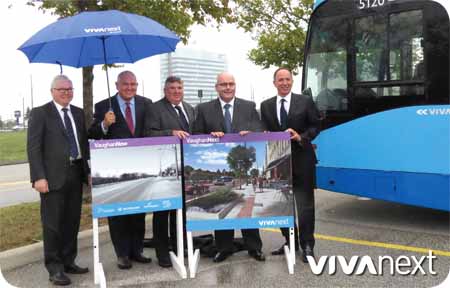
The next phase of Viva is extending both east and west in Vaughan and Richmond Hill. We were excited to announce this week that EDCO has been awarded the $333.2 million contract to design, build and finance the second phase of the Highway 7 West rapidway.
The first phase of rapidway is well underway in the Vaughan Metropolitan Centre [VMC], with the vivaNext rapidway between Jane Street and Bowes Road scheduled to open in Fall 2016, and the section west of Jane being coordinated with the opening of the Toronto-York Spadina Subway Extension [TYSSE].
phase two
Phase two of the Highway 7 West rapidway will emerge from both sides of the current construction. It will extend west from the VMC, over Highway 400 all the way out to Helen Street, and it will expand east to Yonge Street along the existing Centre Street and Bathurst Street Viva route.
making connections
Extending the rapidway will connect riders from Woodbridge, Concord and Thornhill to the Spadina/University Subway line at the new VMC subway station, and will also connect riders to the rest of York Region via the Richmond Hill Terminal at Yonge Street.
The project involves widening Highway 7, Bathurst Street and Centre Street to add 12 kilometres of dedicated rapidway lanes for Viva rapid transit vehicles PLUS 10 new vivastations, PLUS new bike lanes PLUS pedestrian walkways and sidewalks.
partnering with contractors
As with our previous rapidway projects, this is a public-private partnership. One key difference is that along with the design and build requirements, the contractor is required to finance this project. YRRTC will be the project manager, controlling and approving the design and construction, financial management, and community relations. Metrolinx will own the assets of the rapidway infrastructure, and YRT/Viva will operate transit on the rapidways, and maintain the stations. On regional roads like Highway 7, Centre Street and Bathurst Street, York Region will maintain the road and rapidway.
more than a third of York Region’s rapidways
This project represents more than a third of the total 34 kilometres of rapidways being built, and with this contract awarded, all of our rapidway projects are on the way, except Highway 7 East, which is done!
To learn more about the Highway 7 West, phase two rapidway project, and to sign up for updates, visit vivanext.com/subscribe.



